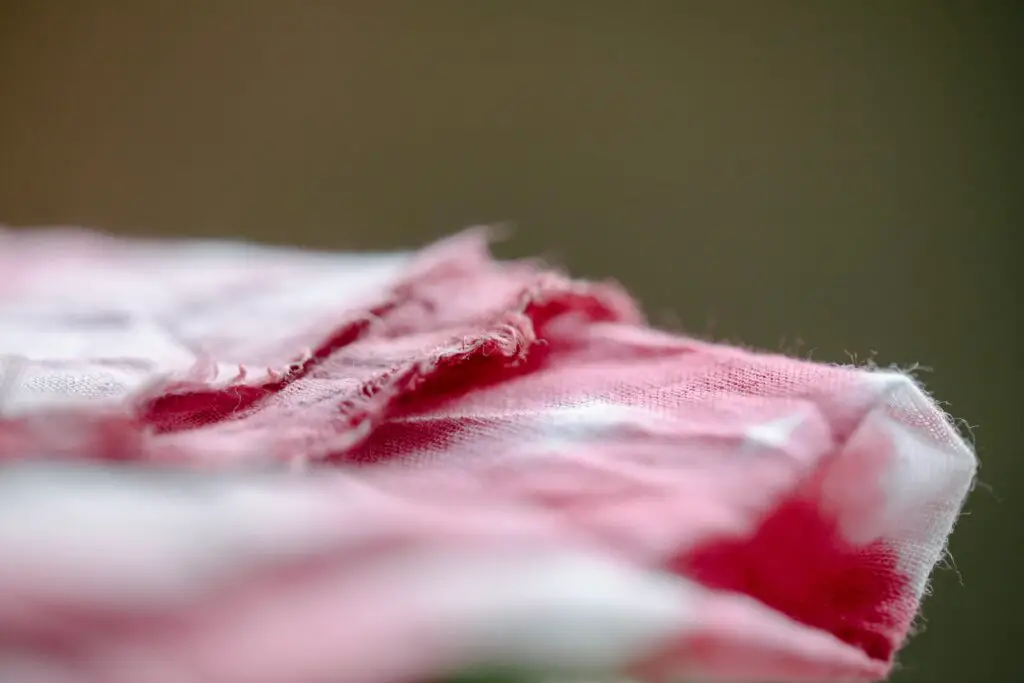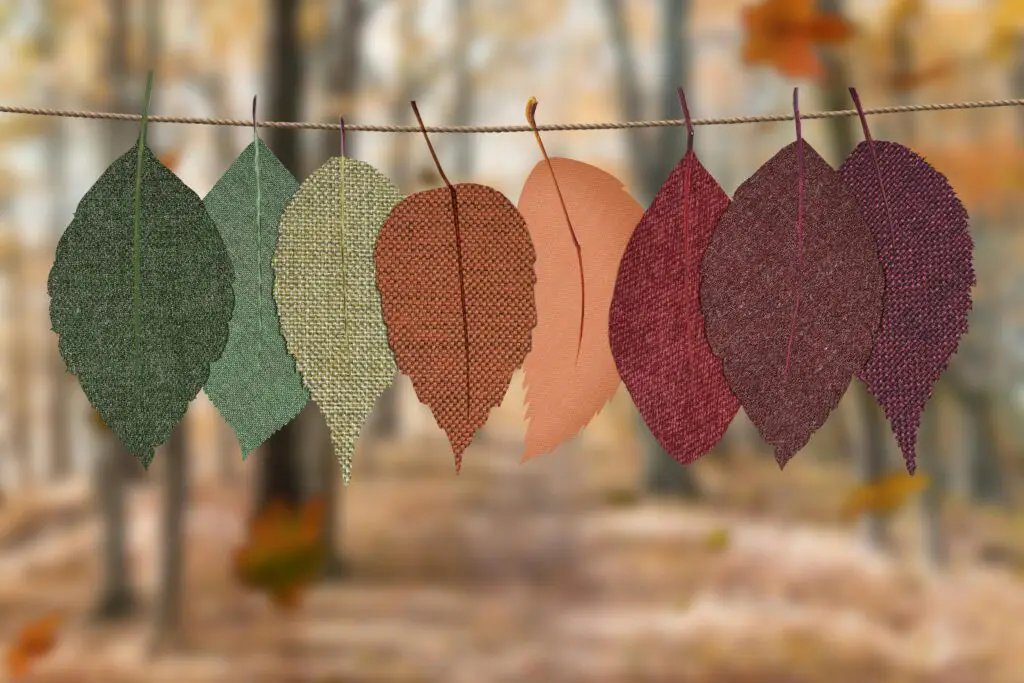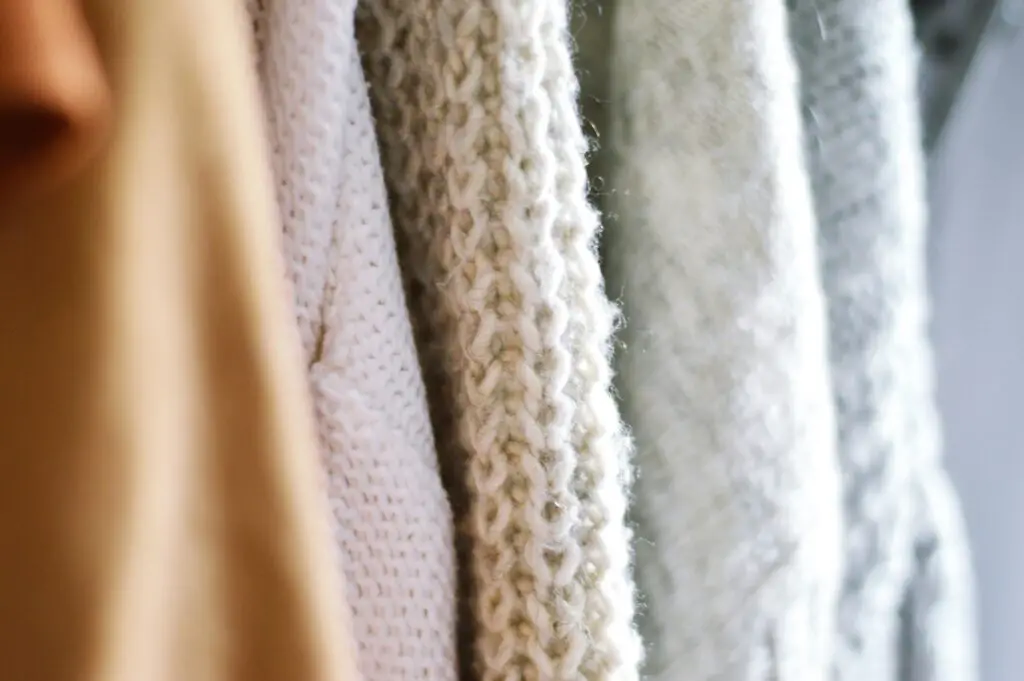
Sustainable Fashion Trends for Spring 2024
In the dynamic world of fashion, sustainable fashion isn’t just a buzzword—it’s a movement reshaping the industry’s landscape. As we welcome Spring 2024, designers are weaving eco-consciousness into their collections with creativity and innovation. Let’s take a closer look at the top five sustainable fashion trends that are not only stylish but also kind to our planet.
Upcycled Glamour
Upcycling takes center stage this Spring as designers breathe new life into discarded materials, transforming them into haute couture pieces. By repurposing fabrics and garments that would otherwise end up in landfills, upcycled fashion not only reduces waste but also adds a unique touch to every ensemble. From striking evening gowns crafted from vintage scarves to chic blazers made from upcycled denim jeans, this trend celebrates creativity while promoting sustainability.
Forget fast fashion, spring 2024 is all about embracing the unique charm of upcycled clothing. Picture one-of-a-kind pieces crafted from vintage finds, repurposed textiles, and even deadstock from major brands. This trend not only reduces textile waste but also celebrates individuality and the art of giving pre-loved garments a new lease on life.
How to embrace the Upcycled Revolution:
- Shop vintage and thrift stores: You never know what hidden treasures you might find!
- Support brands and designers known for upcycling: Research brands that specialize in creating new garments from old materials.
- Get creative at home: Learn basic sewing skills and transform old clothes into something new and exciting.

Biodegradable Fabrics
In a bid to combat textile pollution, designers are turning to biodegradable fabrics as sustainable alternatives to traditional materials. Tencel, hemp, bamboo, and other eco-friendly fabrics offer luxurious textures and superior comfort while minimizing environmental harm. Whether it’s a flowy Tencel dress or a lightweight bamboo blouse, these biodegradable garments are as stylish as they are sustainable, proving that fashion can be both conscious and chic.
Ditch the synthetic and embrace the natural! Organic cotton, linen, hemp, and Tencel are taking center stage, offering not just a comfortable and breathable feel but also a significantly lower environmental footprint compared to their synthetic counterparts. These natural wonders require less water and harmful chemicals to produce, making them a conscious and stylish choice.
Benefits of Natural Fabrics:
- Comfortable and breathable: Perfect for warm spring weather.
- Durable and long-lasting: Proper care will extend their lifespan.
- Lower environmental impact: Require fewer resources and chemicals to produce.

Zero-Waste Design
Zero-waste fashion goes beyond minimizing fabric waste—it’s a holistic approach that aims to eliminate waste throughout the entire production process. Designers are embracing innovative pattern-cutting techniques and modular designs to maximize material usage while minimizing environmental impact. From avant-garde silhouettes inspired by origami to versatile multi-way tops, zero-waste design challenges conventional fashion norms while promoting sustainability at every stage of production.
Digital Fashion
As the world becomes increasingly digital, fashion follows suit with the rise of digital fashion—clothing designed exclusively for virtual environments. By embracing digital fashion, consumers can express their style without the environmental footprint of physical production. Whether it’s donning virtual garments in VR environments, social media platforms, or video games, digital fashion offers limitless possibilities for creativity and self-expression while reducing carbon emissions associated with traditional apparel manufacturing.
Circular Fashion Initiatives
Circular fashion aims to close the loop on the fashion industry’s linear production model by promoting recycling, upcycling, and garment longevity. This Spring, circular fashion initiatives are gaining momentum as brands offer repair and recycling services to prolong the lifespan of their products. From take-back programs incentivizing consumers to return old garments for recycling to rental and resale platforms promoting the sharing economy, circular fashion is revolutionizing the way we consume clothing. By embracing circularity, we can minimize waste and maximize the value of every garment in our wardrobe.
Benefits of Sustainable Fashion Trends
- Environmental Conservation: By embracing sustainable fashion, we protect our planet’s precious resources and reduce fashion’s impact on the environment.
- Social Responsibility: Sustainable fashion promotes fair labor practices and ethical production methods, ensuring the well-being of workers worldwide.
- Innovation and Creativity: Sustainable fashion inspires innovation in materials and design, fostering creativity and pushing the boundaries of style.
- Consumer Empowerment: Sustainable fashion empowers consumers to make informed choices that reflect their values and priorities.
- Longevity and Quality: Sustainable fashion prioritizes durability and quality, resulting in garments that stand the test of time and offer long-term value to consumers.
Conclusion

In conclusion, Spring 2024 offers a glimpse into a more sustainable fashion future —one where style, innovation, and conscience converge. From upcycled glamour to circular initiatives, these trends embody the industry’s commitment to environmental stewardship and social responsibility. By embracing eco-chic fashion and making mindful choices, we can all play a part in shaping a brighter, greener world—one stylish outfit at a time.





